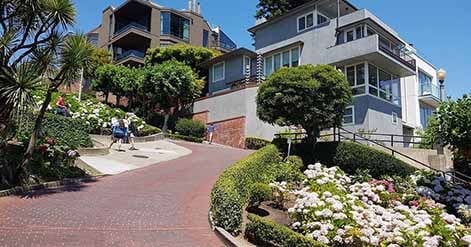
So where's that long-awaited deluge of bank-owned homes that is supposed to flood the U.S. housing market? This "shadow" inventory has been a hot topic in recent months (as housing analysts struggle to guess how much further house prices may fall.
But there's no sign yet that the shadow inventory will swamp the market soon in California, says ForeclosureRadar.com in its monthly report on that state. The research firm estimates that banks and mortgage loan investors owned 90,365 foreclosed homes in the Golden State at the end of September, down from 155,269 a year earlier.
Even though the number of people falling behind on their home loans continues to mount, banks in recent months have been selling foreclosed homes faster than they take in new ones. That's because the foreclosure process - the time lapse between initial delinquencies and eventual sales on the courthouse steps -- is being lengthened by government-mandated efforts to keep many distressed borrowers in their homes by modifying their loan terms to ease monthly payments. Figuring out which borrowers qualify for these "loan mods" takes lots of time, particularly because loan-servicing firms still can't keep up with the paper work.
As a result, investors and first-time home buyers have been bidding up prices on a dwindling supply of bank-owned properties - known as REO, for "real-estate owned" -- in parts of California. Some Realtors bemoan a "shortage" of REO.
Bottom fishers may need to be patient. In the end, of course, loan mods can't save all distressed borrowers. Many have lost their jobs and can't afford even reduced payments. Others owe so much more than the current value of their homes that they are giving up. Many who do get loan mods will default again later, if the past is any guide.
Read on wsj.com >

